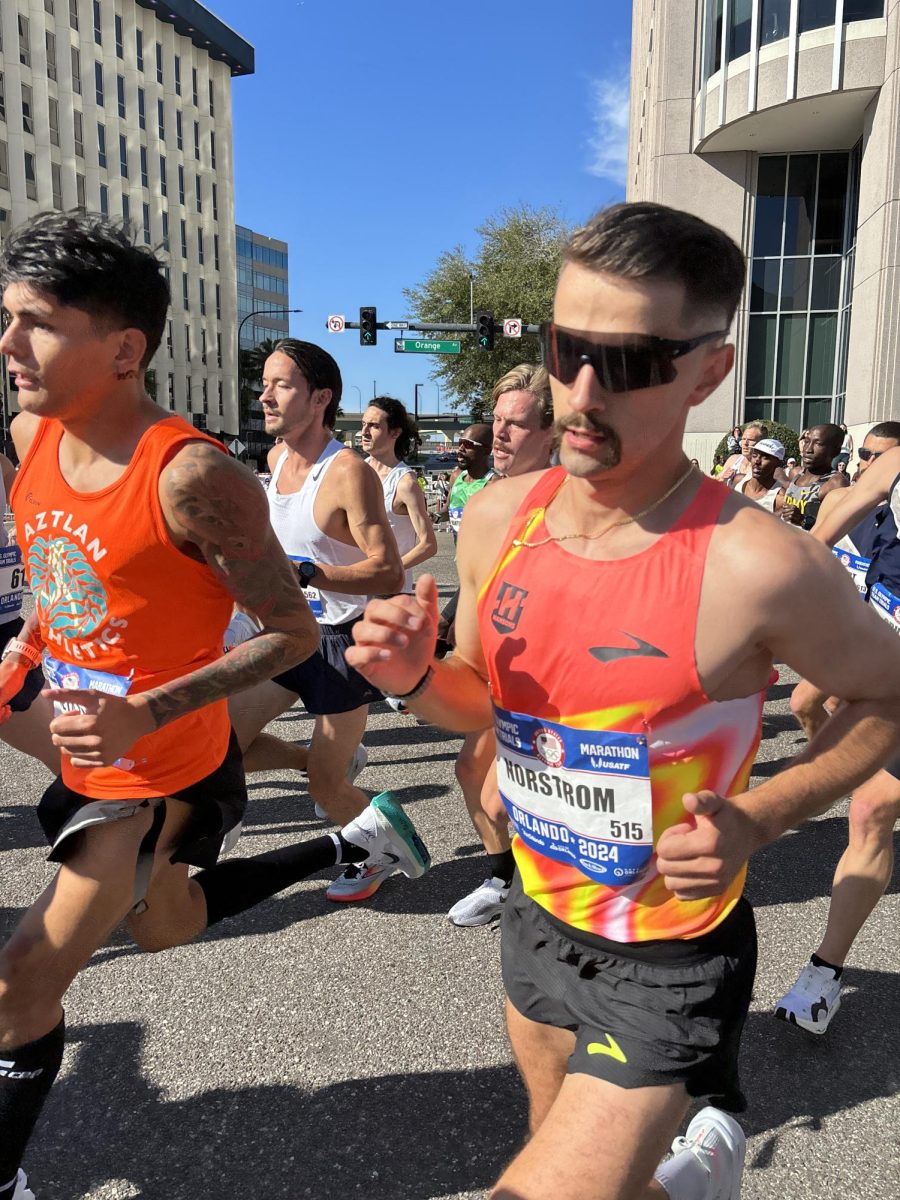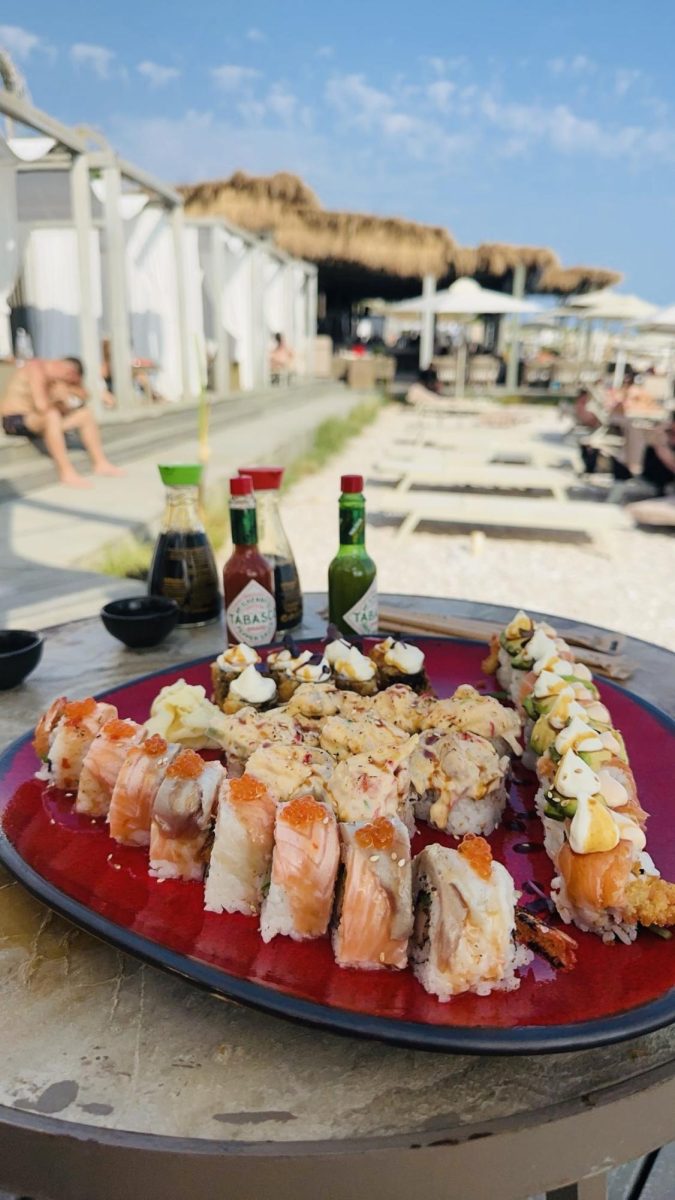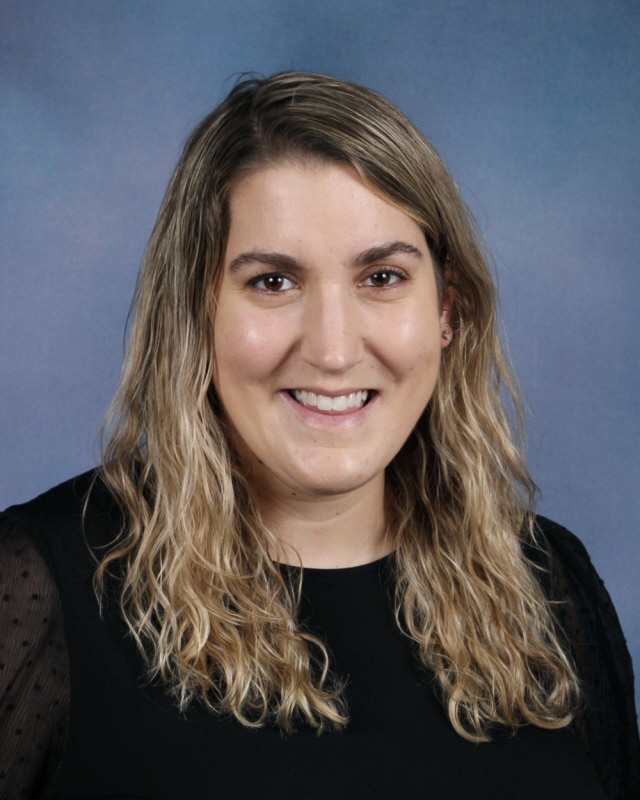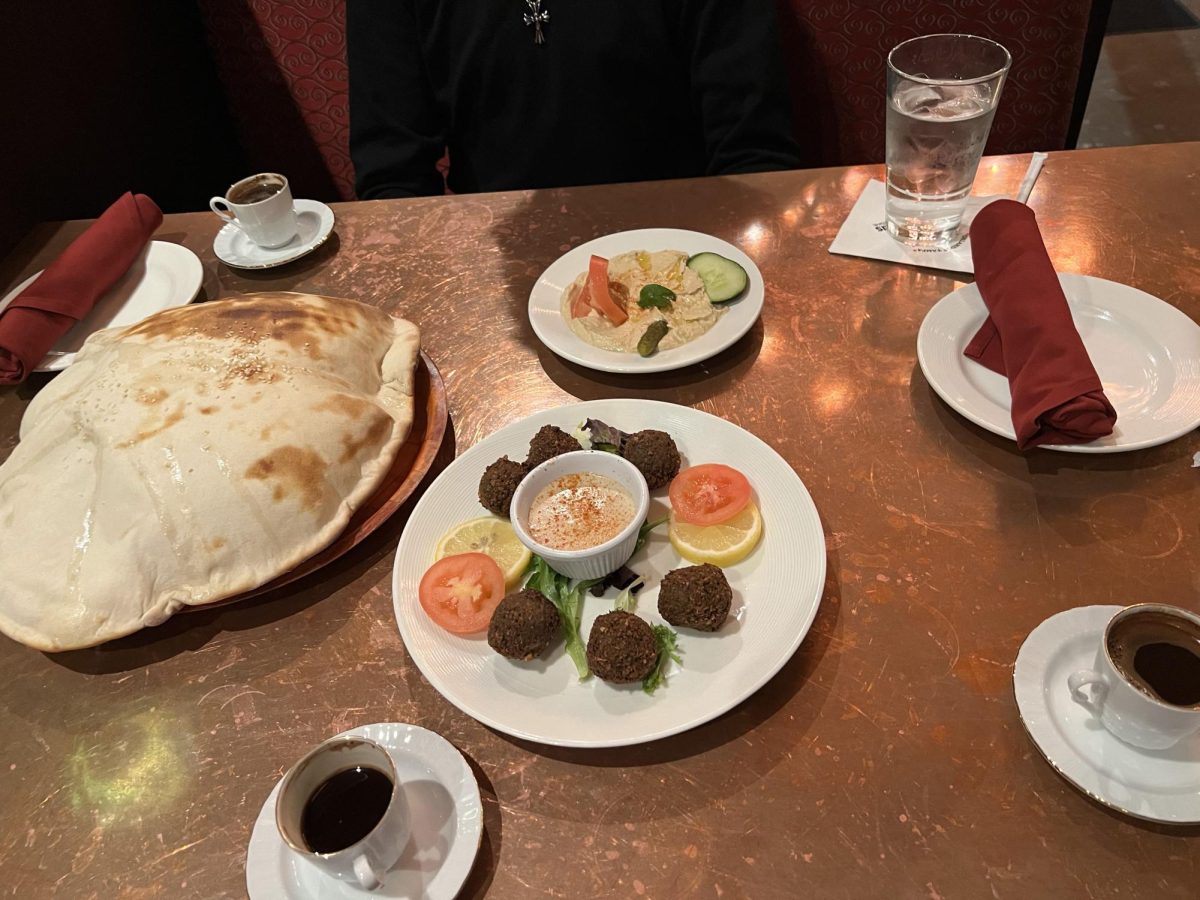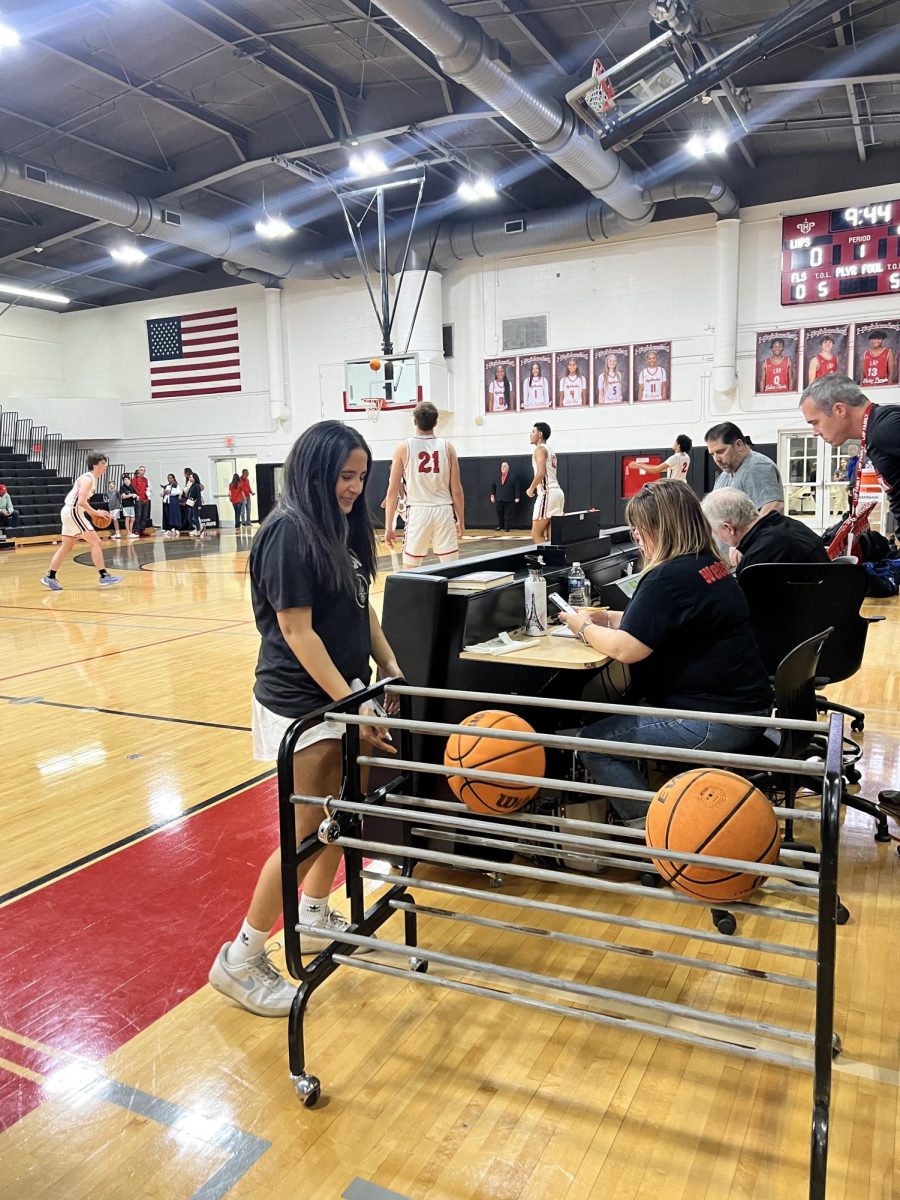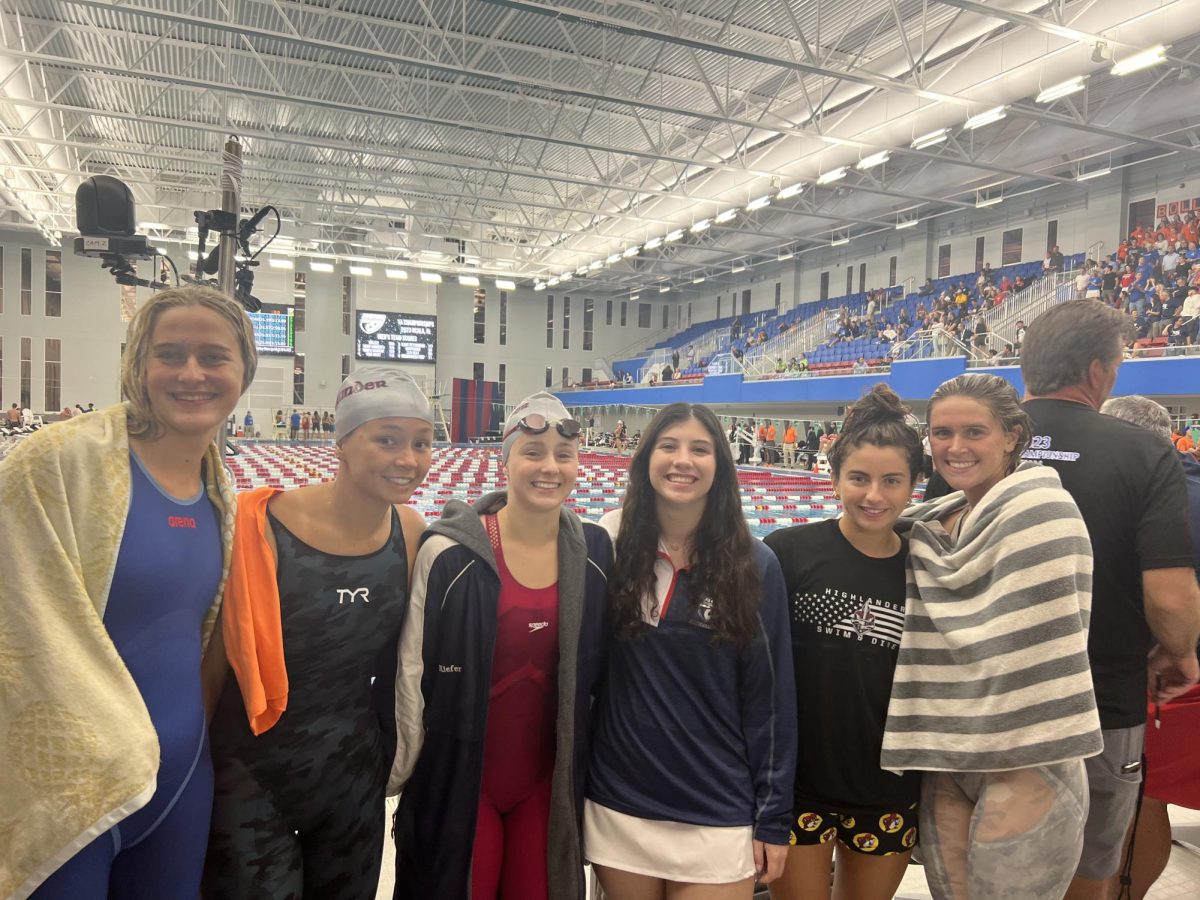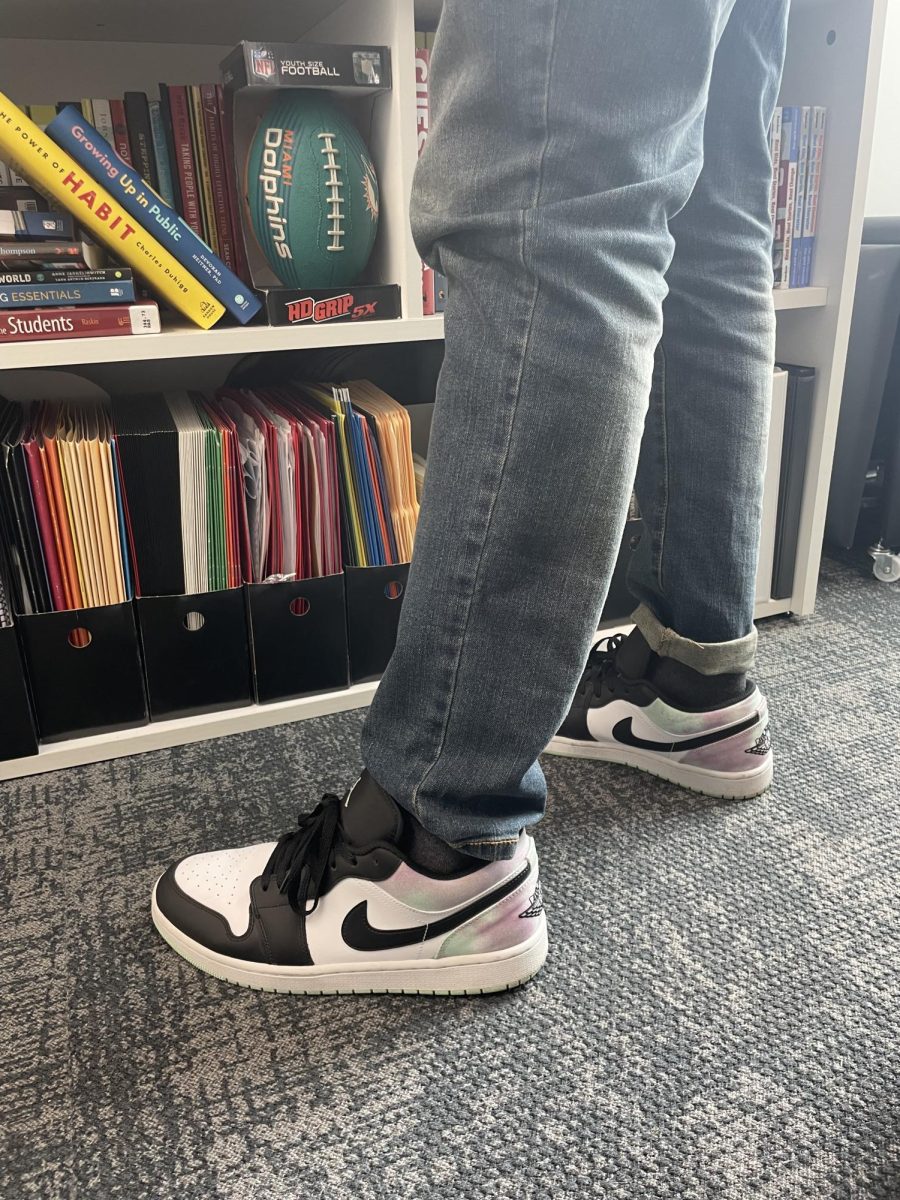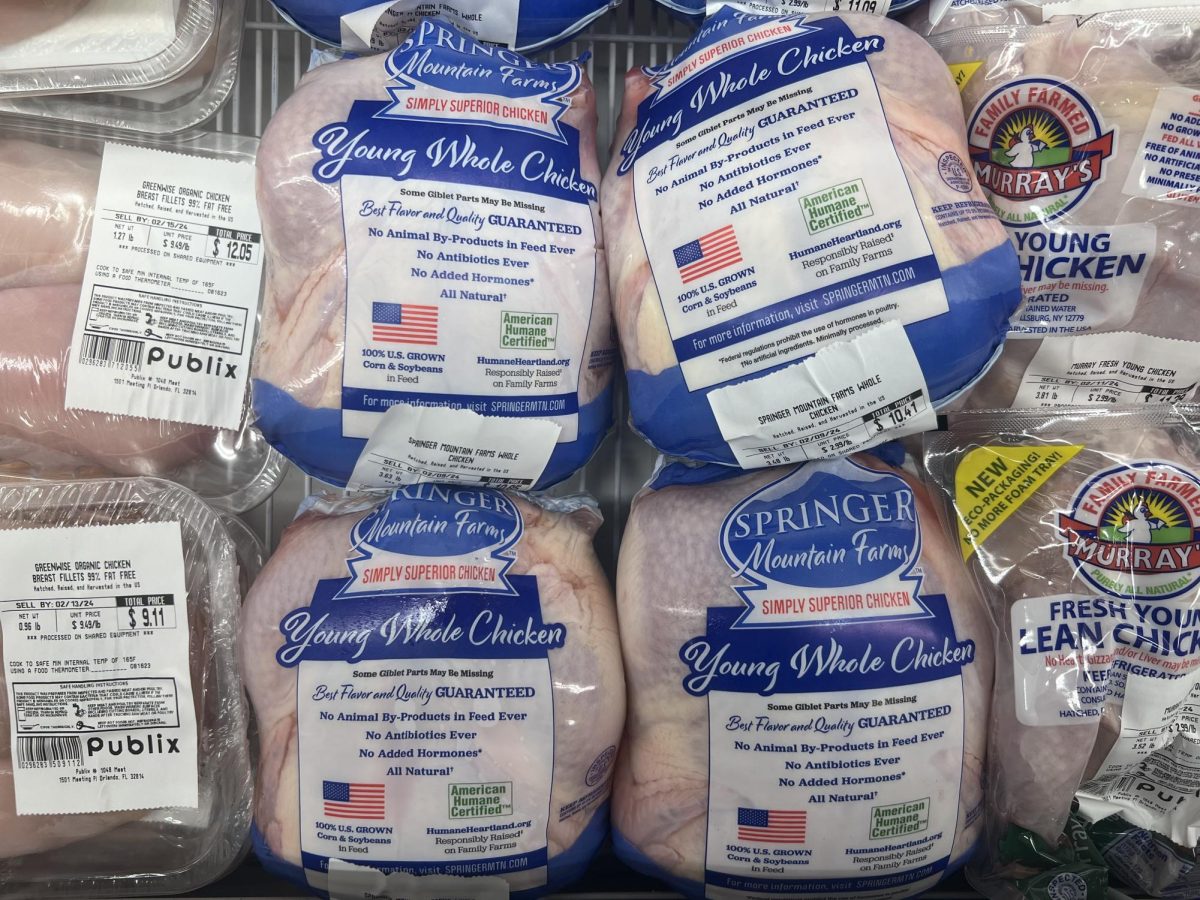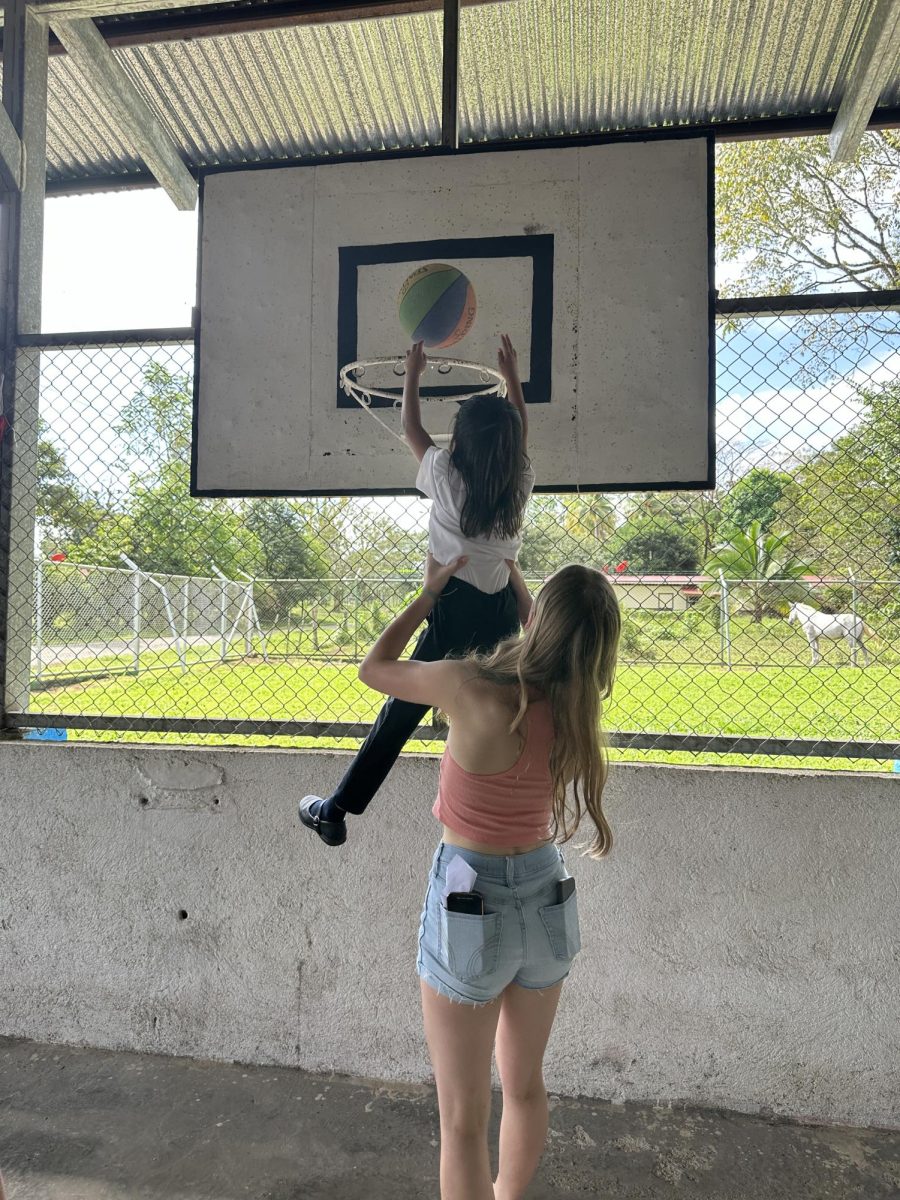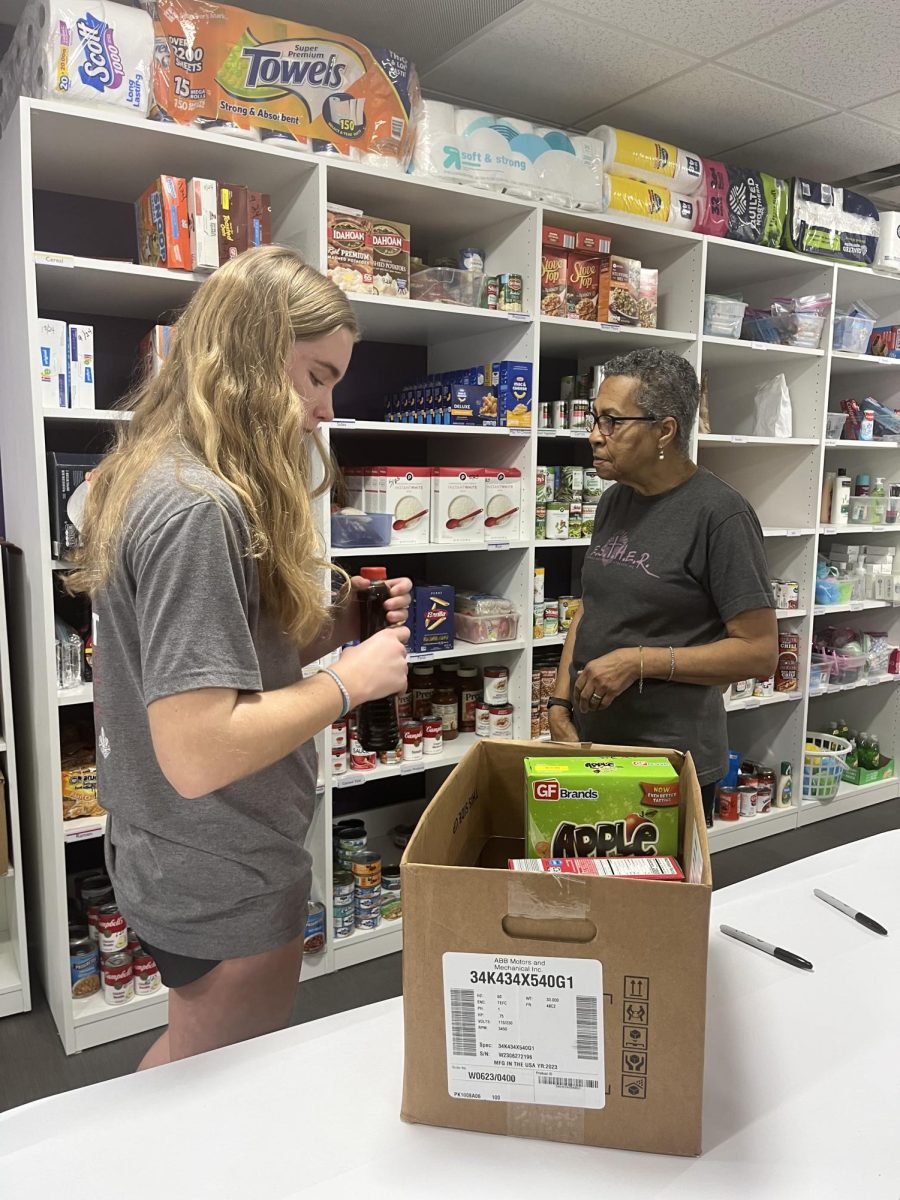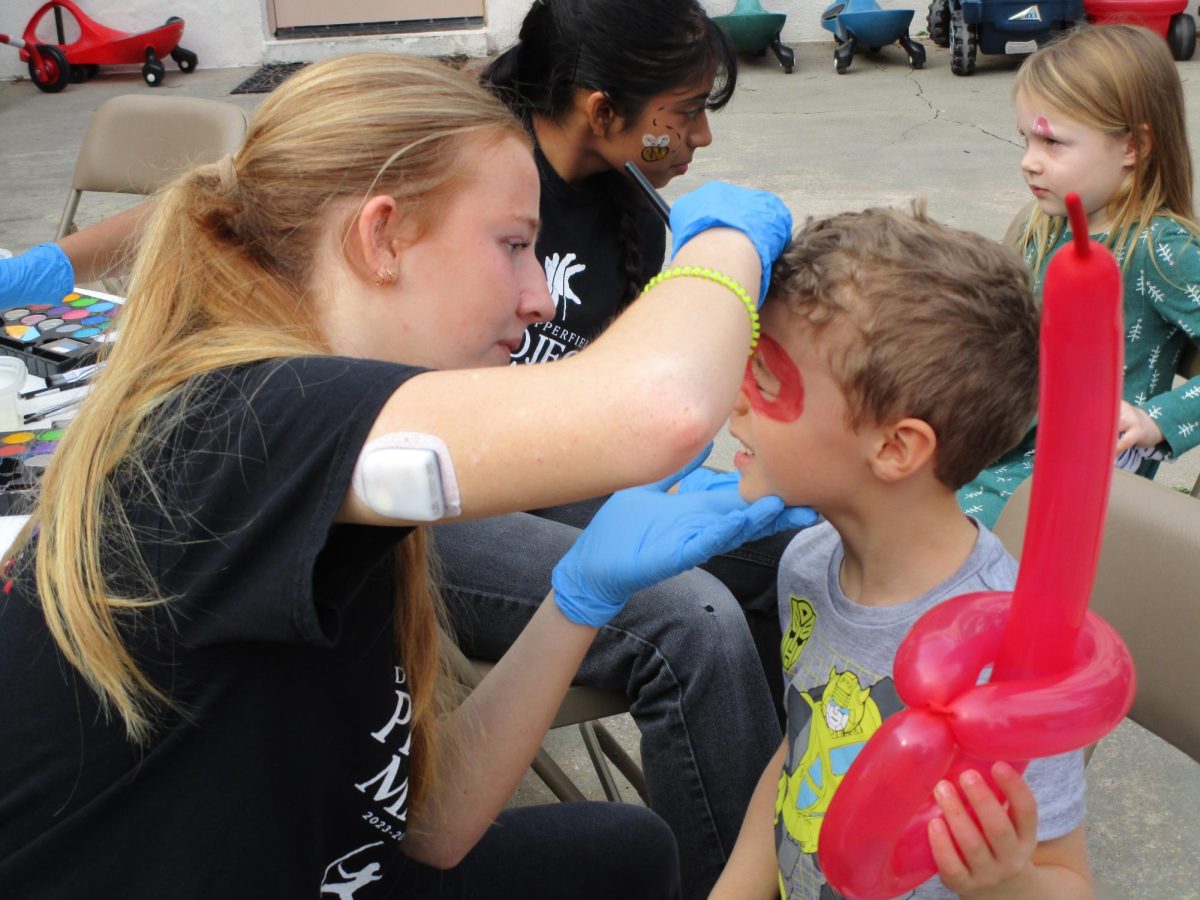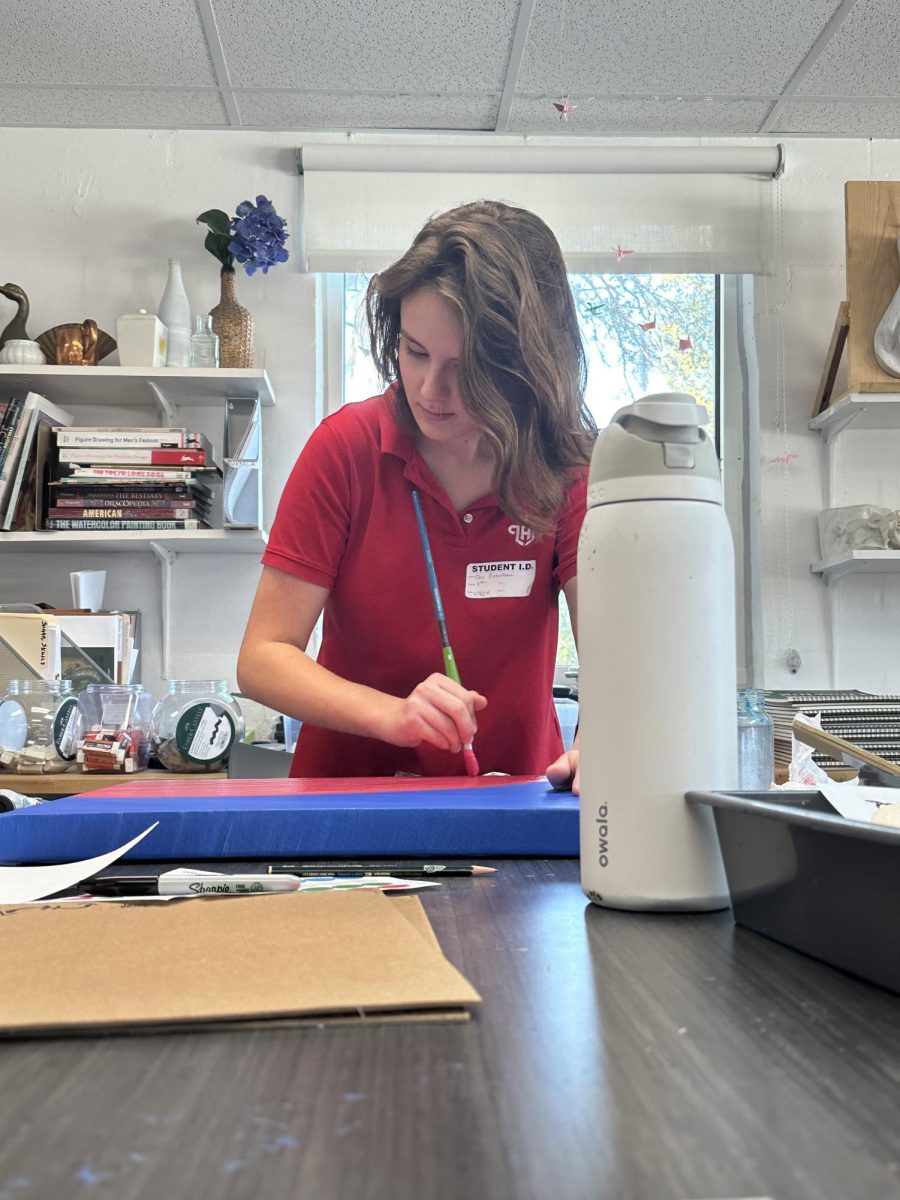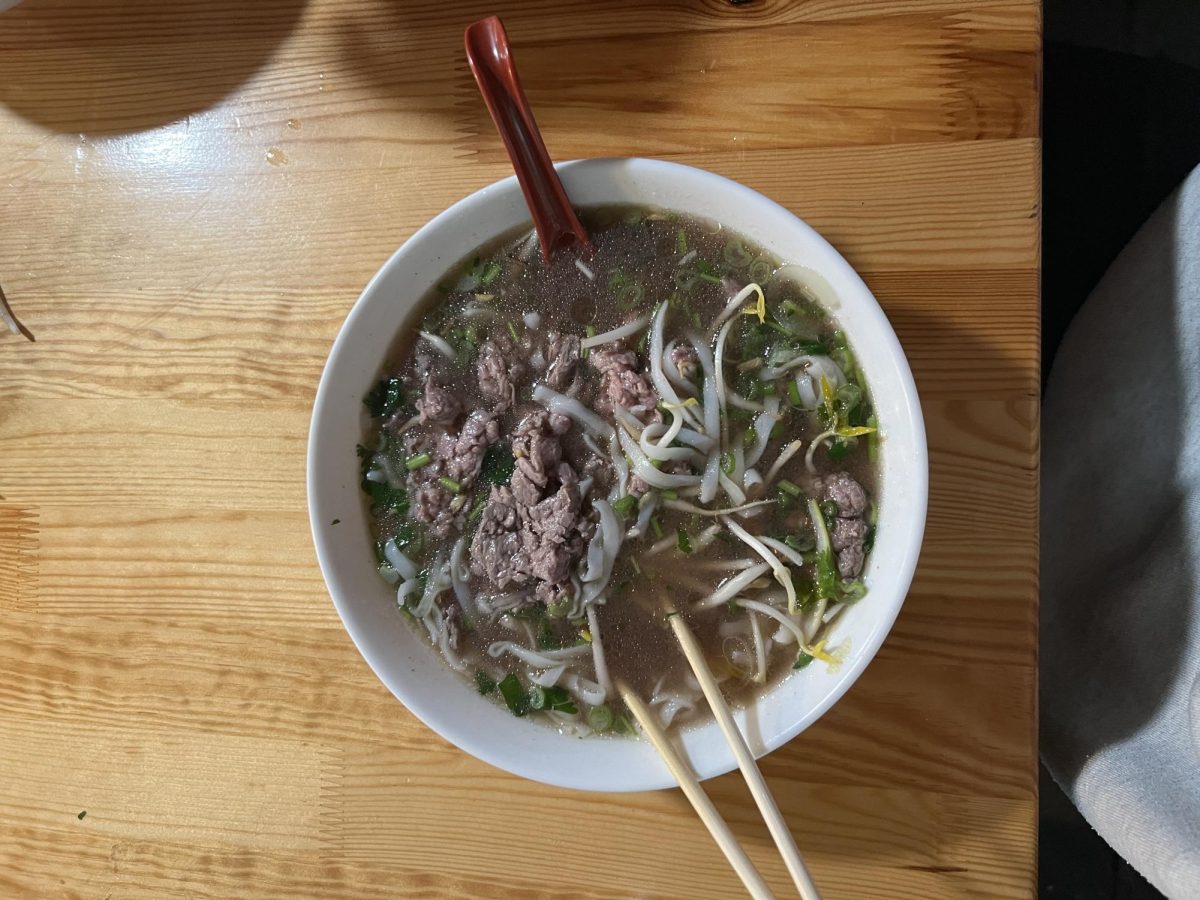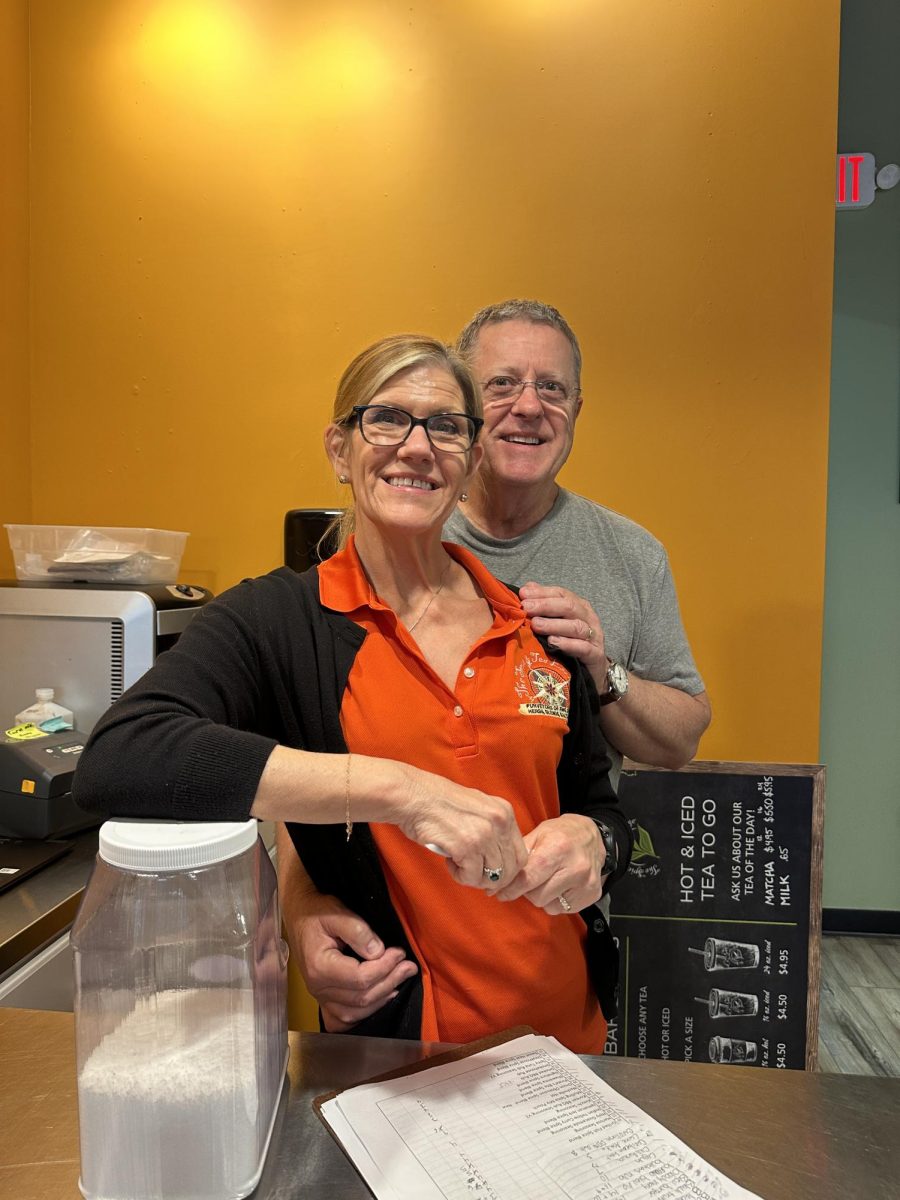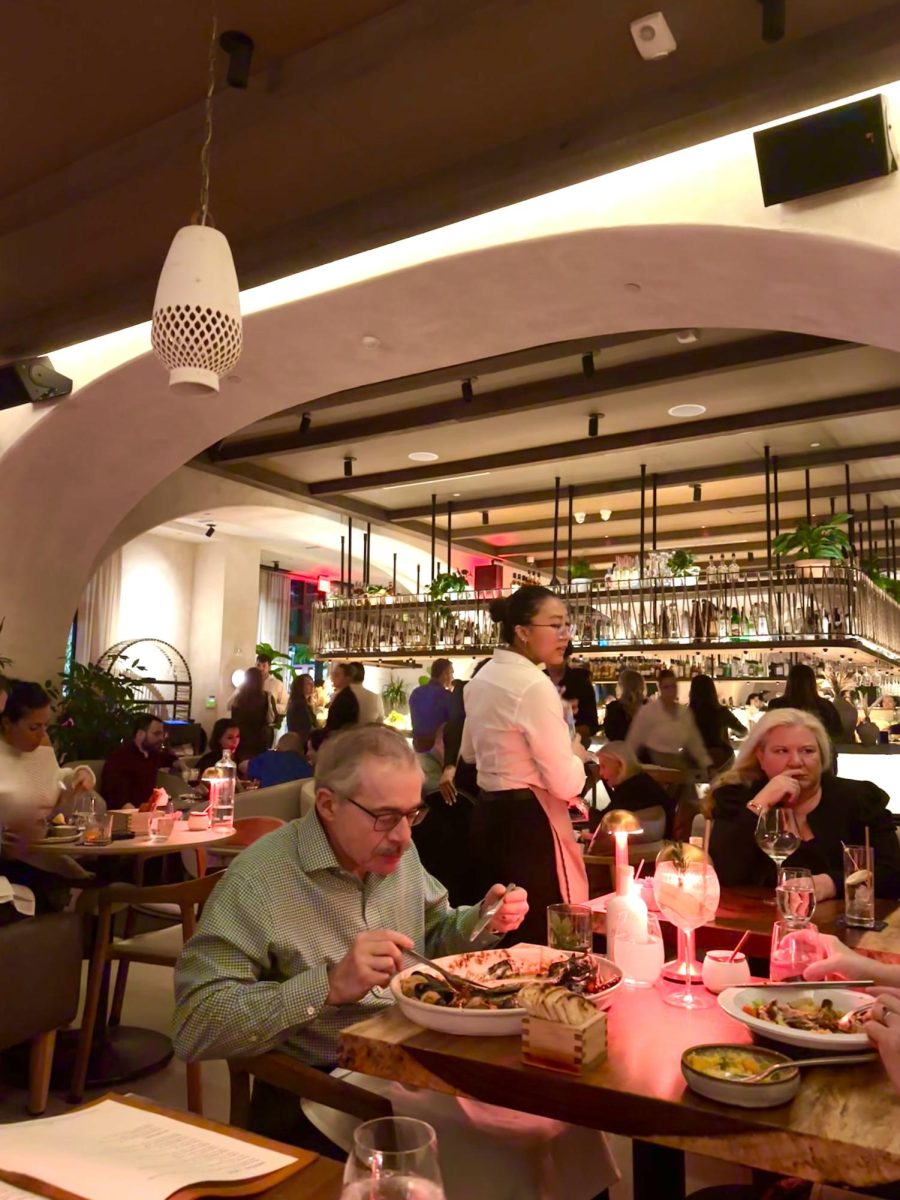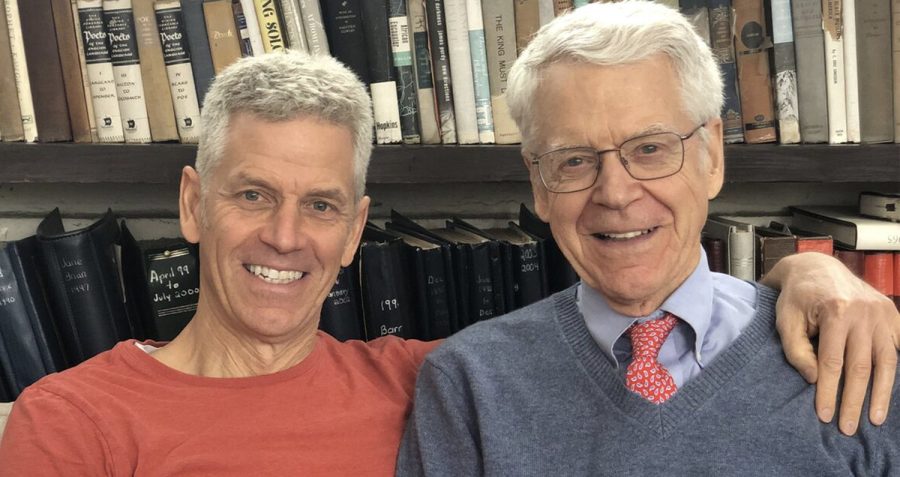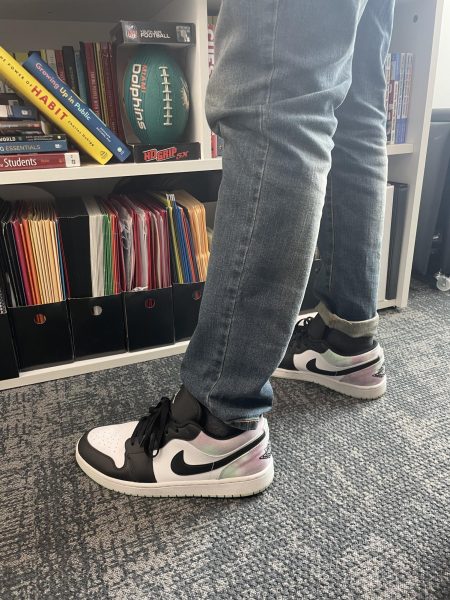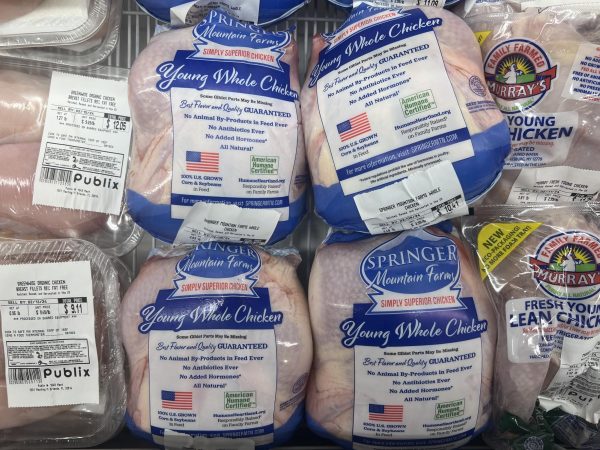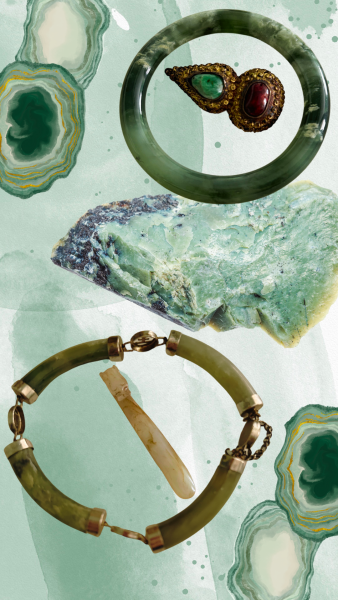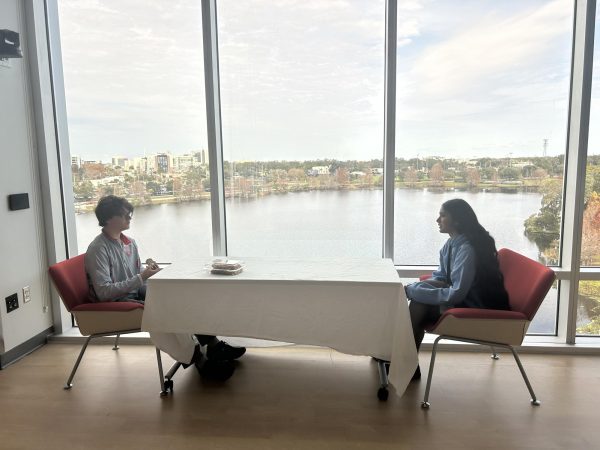Eating for Health
Photo courtesy of Plant Strong Podcast.
(Above) The work of Dr. Colin Campbell (right) parallels the studies of Dr. Caldwell Esselstyn (left). Esselstyn focused on the effects of meat consumption on heart disease and diabetes. His clinical trials at the Cleveland Clinic, where he prescribed a whole-foods plant-based diet to patients diagnosed as seriously ill with car- diovascular disease, had a success rate of 99.4% for those patients not having a major cardiac event. The two doctors collaborated on a 2011 documentary, Forks Over Knives, which was endorsed by Oprah Winfrey and former U.S. President Bill Clinton. Photo courtesy of Plant Strong Podcast.
September 27, 2022
A warm July breeze sweeps the streets of the Upper West Side of New York City as the rising sun paints the sky a beautiful array of orange, pink, and blue. Inside the cold, brown building of Mount Sinai Morningside Hospital, a doctor’s tongue wrestles out the diagnosis, “Cancer,” to an unsuspecting 24-year-old graduate student of Barnard College. Outside the tempered glass window, life goes on. A mother hustles her children to daycare, sipping her latte chalked with cream. A pigeon swoops down on bacon bits left from a breakfast in Central Park, and a butcher at Staubitz carves the daily special of New Zealand lamb. But for this patient, and the 5,250 other patients that will be diagnosed with various types and severities of cancer that day, and every day, the world stops.
In Japan last year, 13,426 people died from prostate cancer; however, in 1958 this figure was just 18. In those same years, America lost 32,636 and 14,000 men to this disease respectively. So while America’s numbers have increased at a rate proportional to its population, Japan’s numbers have exploded. This data exposes that a phenomenon, which has occurred in the U.S. steadily in the past 60 years but only recently took hold in Japan, is causing this spike in cases. Dr. Colin Campbell of Cornell University believes the answer is in food.
In 1960, the average Japanese citizen consumed just 1.5kg of meat annually, but today the figure is 33.5kg. In The States, the figure grew more conservatively from 76kg to 100kg. Dr. Campbell examined this link between animal protein and cancer through a lab study of mice. He and his team introduced the rodents to a known carcinogen, aflatoxin, and then fed one group a diet of 20% casein, the protein found in milk, and the other group 5% casein. After two years, all of the mice in the 20% group had died of liver cancer, while none of the 5% group had. A replica of the study with vegetable protein rather than casein proved no statistically significant difference in deaths between the groups. So while both groups were exposed to a known toxin that started the cancer cells, animal protein is what allowed these cells to thrive.
This is an important distinction because we cannot control our genetic disposition to develop cancer or the environmental toxins we are exposed to in the air, in our water supply, and in the sun’s rays. Every human being has cells with damaged DNA that have the potential to turn malignant, but unless we actively feed these cells with carcinogens, their potential to form cancerous tumors is relatevely low.
Smoking is a widely-accepted catalyst for cancer. In fact, smokers are four times more likely to die from cancer than non-smokers. Nonetheless, recent studies centering around the carcinogen potential of animal protein have shown a worrisome trend. A study published in the scientific journal, Cell Metabolism, found that people aged 50 to 65 who ate a high animal protein diet were four times more likely to die of cancer than those who consumed a low-protein diet — the same rate as smoking.
So, what would a cure for cancer look like? If we look historically at any disease that has been eradicated, the breakthroughs were not in our treatment of sick patients, but in the prevention of disease among healthy individuals. Let’s take smallpox, for example. It wasn’t until Soviet efforts to administer smallpox vaccines to rural parts of Africa and Southeast Asia that the disease could be declared eradicated. Little progress was ever made in the treatment of smallpox patients. In order to find this cancer “cure-all,” we must change our perception of what a cure is.
There is something fundamentally wrong with the way we provide healthcare today. The system monetizes solely off ill people looking for treatment. This is not to say doctors go to bed wondering how they can make as many people sick as possible to fill their pockets. However, when the system only thrives off people being sick, research will only center on curing these sicknesses, and prevention will be largely neglected. Unless we actively combat the repercussions of this system, we cannot best progress toward a healthy future.
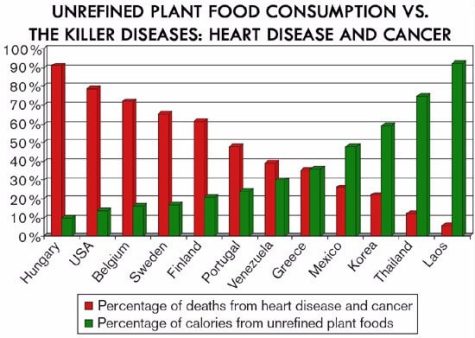
determine the best one. However, looking at which of these diets encourages the largest proportion of plant consumption shows us a clear connection between diet and health. For example, women in Kenya, a plant based population, are 82x less likely to get breast cancer than the U.S., a meat based population. Photo courtesy of The University of Miami. (Photo courtesy of The University of Miami.)






